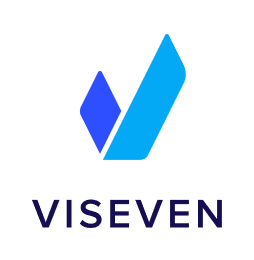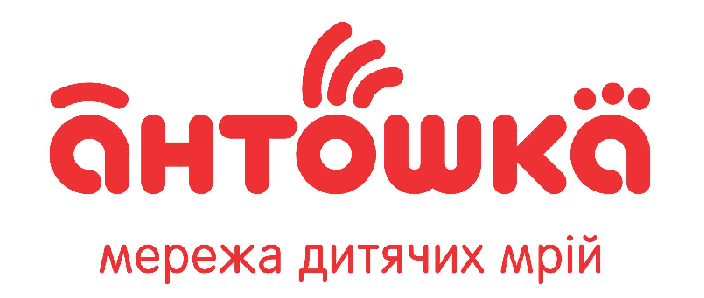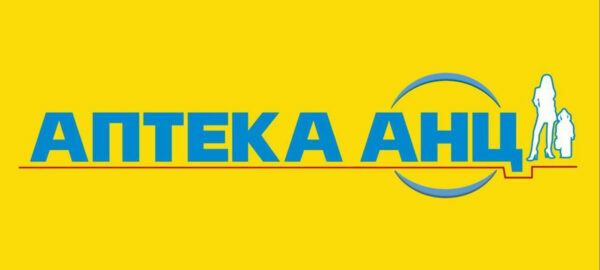
Microlearning has been one of the main trends in learning for several years now. But opinions differ as to its effectiveness. Some experts welcome the use of microlearning. After all, why tire employees with long courses when microlearning can help them achieve the same or even better results faster? Others argue that microlearning only touches on the main topic, giving superficial information that has no educational value.
Like all teaching methods, microlearning has its advantages and disadvantages, uses and prohibitions. In this article, we will examine the most common truths and myths about microlearning.
What is microlearning?
 Miroslav Botsula – CEO Collaborator, Founder El`Lab:
Miroslav Botsula – CEO Collaborator, Founder El`Lab:
The microlearning method is systematic, step-by-step learning through frequent, short in time and small in volume training blocks. Each information block leads to a new result. All blocks form a system of knowledge on a particular topic.
It is probably easier to give an example of such a method. Imagine that you are studying botany. Then one of the options for implementing microlearning might look like this.
Walking in the park, you want to know the name of a tree with strange leaves.
You take a photo of the leaf with your phone and send it to, for example, the botany knowledge base telegram bot.
You get a summary of the plant with a photo and a description. No more than one or two screens in length.
This is followed by links to more in-depth information: genus, species, plant family, industrial use, mentions in folklore, etc.You can also choose to present the information – video or audio narration, presentation, document.
Another option could look like this.
You are assigned a training for a new business process in the company.
Each step of the process, its conditions and limitations are presented as an infographic in the form of separate pictures.
You start with the first block of information, you can “go through” the process by opening one picture after another and get more detailed information on each step.
When all the steps in the process have been viewed, you will be asked to take a learning test.

What microlearning can help with
1. Microlearning helps to retain knowledge
Information given in portions (portions) is better remembered. A striking example: we memorize phone numbers faster by dividing them into groups of 3 or 4 numbers. Microlearning is based on dividing content into portions, where each module focuses on one task or skill. Microlearning content is short and focused. Therefore, it does not cause information overload. The simple and straightforward content makes the material easier to understand and absorb.
2. Microlearning can train employees faster
Microlearning offers targeted information. Therefore, and helps you achieve your desired results faster than with lengthy courses. It’s an ideal choice when you need to train urgently and effectively. For example, to acquaint an employee with the basics of work, as quickly as possible to include in the work.
3. Microlearning can be used for on-demand training.
The most common examples of microlearning include on-demand training. For example: a sales representative goes to a meeting with a potential customer and realizes that he forgot the plan for the possible discounts he wanted to offer. Or imagine a pharmacist who is about to sell a new drug to a patient but isn’t quite sure of the possible side effects. If these employees have access to a microlearning library, they can quickly find the information they need and avoid mistakes and unpleasant situations.
Microlearning resources are best used as a tool for when they are mobile. So if you want to get things done right and efficiently – it’s worth thinking about always having access to the materials from any mobile device.
4. Microlearning reduces training costs
Smaller courses are more economical and much faster to create. For example, a 5-minute video takes less time than a 20-minute video, even if the same number of people are involved. Less time worked means less cost. For the same reasons, microlearning courses are much easier, faster and cheaper to update.

Major Myths: What Microlearning Can’t Help You With
Microlearning is not the solution to all your learning problems. Let’s address some common myths about microlearning.
1. High involvement in training
One of the most common myths about microlearning is that short and small content engages learning. Yes, course content is short, but that doesn’t make it appealing or engaging. Small doesn’t always mean interesting. A 3-minute video should be high-quality and with a nice picture, and an infographic should contain charts and attractive graphics, not just a lot of text.
Boring content won’t become interesting just because it’s small and made for microlearning. Students may watch a boring video of your microcourse once, but they won’t watch a whole series of such videos. So, you have to keep in mind the most important thing – the quality of the content.
2. Ideal for all types of learning
Microlearning resources are versatile enough to be used as supplemental learning material for almost any course. However, some topics can be complex and impossible to explain in a few minutes. They require hands-on demonstration and lots of practice.
Microlearning is not ideal for all employees. New and inexperienced employees, cannot be fully trained with just short videos and courses. They need more in-depth training to understand the context of your business and properly develop their skills.
3. Microlearning facilitates hands-on application
Microlearning works in a “watch, learn and apply” mode. One could argue that it facilitates practical application because, it provides instruction that can be used on the spot. But does microlearning help shape and sharpen the skills needed to perform manual or technical tasks? Does it help hone them to an advanced level? Actually, no.
On-the-job training, role-playing and simulations are the most appropriate methods that facilitate practice. Using these training methods will help employees develop the necessary skills that will apply in the workplace in the future.
4. Creating courses is cheap
We said above that microlearning reduces the cost of training development, but a comprehensive and engaging microlearning course requires a lot of investment.
For example, you decide to create a variety of content, including quizzes, videos, infographics, or even podcasts and games. And just as you do when developing a self-directed course, you’ll consult with experts, designers and programmers on the subject matter. You don’t have to forget about investing in training software, either.
Microlearning helps reduce training costs. But if you’re looking for a zero-cost solution, the right thing to do is to rethink your training strategy.
Conclusions
- Microlearning helps to train employees quickly and efficiently. The simple and clear content makes the material easier to digest.
- Micro courses are more economical – they are created and updated much faster.
- Microlearning is ideal for mobile training. Allows you to quickly get the information you need when you need it.
- To keep employees engaged, you need to keep the quality of the content in mind.
- Microlearning is good for small topics that do not require hands-on demonstration.
- Employee training should be comfortable, so microlearning courses should be available for mobile devices via SDOs.
Read also: Features and benefits of bite-sized learning: the Collaborator version
Microlearning is perfect for today’s world when every minute counts. It is a good alternative that allows getting the necessary information at the right moment, turning the complex into the simple. Using the LMS will help to fully implement microlearning within your company. Sign up for the LMS Collaborator demo and implement microlearning with our platform 🙂



































